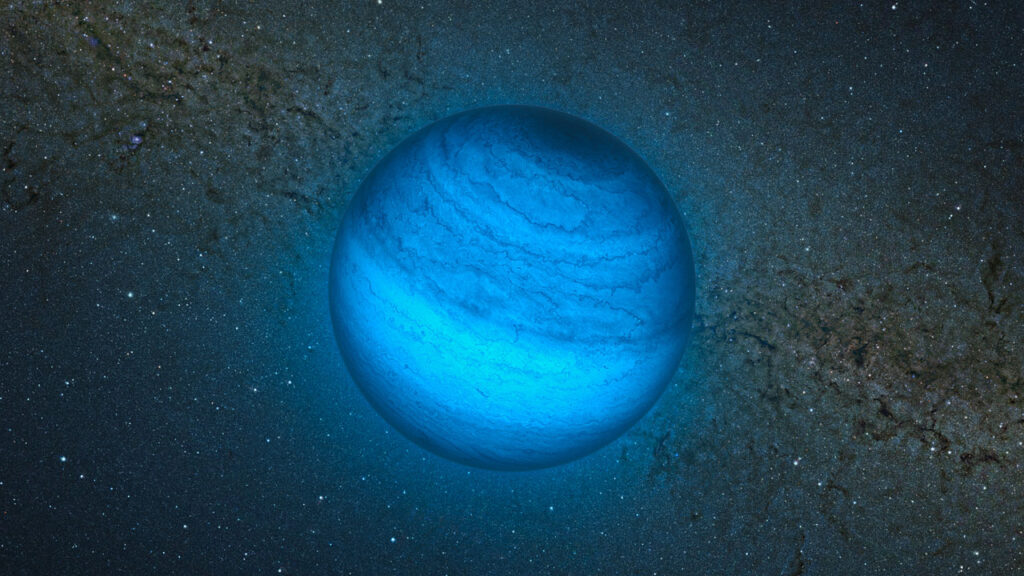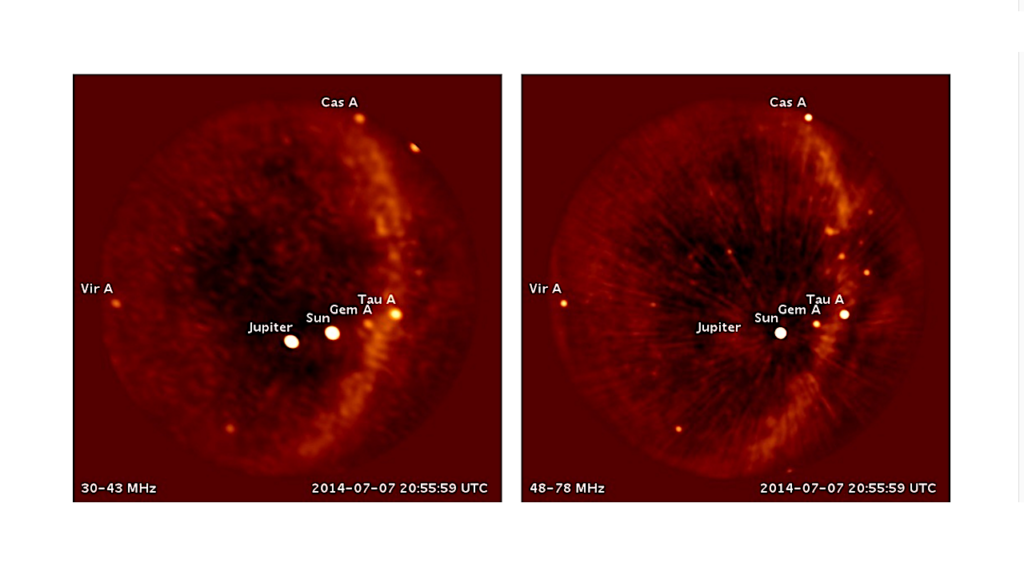Characterization Of JWST Science Performance From Commissioning

This document characterizes the actual science performance of the James Webb Space Telescope (JWST), as known on 12 July 2022.
Following six months of commissioning to prepare JWST for science operations, the observatory is now fully capable of achieving the discoveries for which it was built. A key part of commissioning activities was characterizing the on-orbit performance of the observatory. Here we summarize how the performance of the spacecraft, telescope, science instruments, and ground system differ from pre-launch expectations.
Almost across the board, the science performance of JWST is better than expected. In most cases, JWST will go deeper faster than expected. The telescope and instrument suite have demonstrated the sensitivity, stability, image quality, and spectral range that are necessary to transform our understanding of the cosmos through observations spanning from near-earth asteroids to the most distant galaxies.
Jane Rigby, Marshall Perrin, Michael McElwain, Randy Kimble, Scott Friedman, Matt Lallo, René Doyon, Lee Feinberg, Pierre Ferruit, Alistair Glasse, Marcia Rieke, George Rieke, Gillian Wright, Chris Willott, Knicole Colon, Stefanie Milam, Susan Neff, Christopher Stark, Jeff Valenti, Jim Abell, Faith Abney, Yasin Abul-Huda, D. Scott Acton, Evan Adams, David Adler, Jonathan Aguilar, Nasif Ahmed, Loïc Albert, Stacey Alberts, David Aldridge, Marsha Allen, Martin Altenburg, Catarina Alves de Oliveira, Greg Anderson, Harry Anderson, Sara Anderson, Ioannis Argyriou, Amber Armstrong, Santiago Arribas, Etienne Artigau, Amanda Arvai, Charles Atkinson, Gregory Bacon, Thomas Bair, Kimberly Banks, Jaclyn Barrientes, Bruce Barringer, Peter Bartosik, William Bast, Pierre Baudoz, Thomas Beatty, Katie Bechtold, Tracy Beck, Eddie Bergeron, Matthew Bergkoetter, Rachana Bhatawdekar, Stephan Birkmann, Ronald Blazek, Claire Blome, Anthony Boccaletti, Torsten Boeker, John Boia, Nina Bonaventura, Nicholas Bond, Kari Bosley, Ray Boucarut, Matthew Bourque, Jeroen Bouwman, Gary Bower, Charles Bowers, Martha Boyer, Greg Brady, Hannah Braun, David Breda, Pamela Bresnahan, Stacey Bright, Christopher Britt, Asa Bromenschenkel, Brian Brooks, Keira Brooks, Bob Brown, Matthew Brown, Patricia Brown, Andy Bunker, Matthew Burger, Howard Bushouse, Steven Cale, Alex Cameron, Peter Cameron, Alicia Canipe, James Caplinger, Francis Caputo, Larkin Carey, Stefano Carniani, Maria Carrasquilla, Margaret Carruthers, Michael Case, Don Chance, George Chapman, Stéphane Charlot et al. (511 additional authors not shown)
Comments: 60 pages, 30 figures
Subjects: Instrumentation and Methods for Astrophysics (astro-ph.IM)
Cite as: arXiv:2207.05632 [astro-ph.IM] (or arXiv:2207.05632v1 [astro-ph.IM] for this version)
https://doi.org/10.48550/arXiv.2207.05632
Focus to learn more
Submission history
From: Christopher Stark
[v1] Tue, 12 Jul 2022 16:00:57 UTC (14,038 KB)
https://arxiv.org/abs/2207.05632
Astrobiology, Astronomy,








